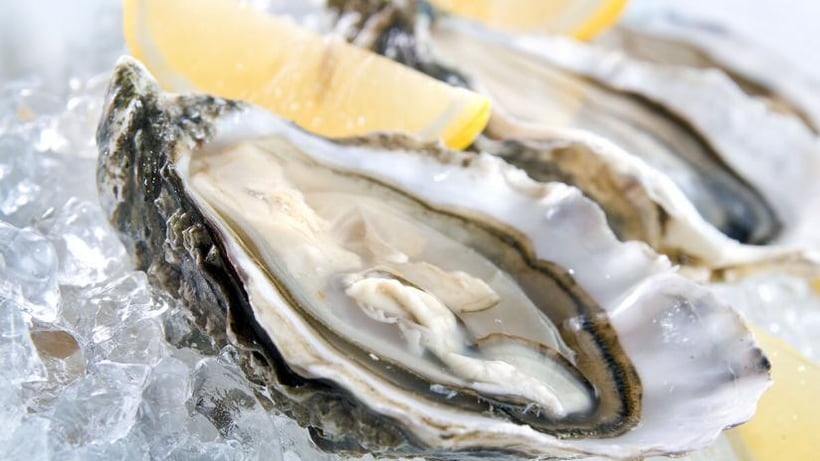
Residents of South Australia and Western Australia are being warned to avoid consuming raw or partially cooked oysters sourced from South Australia.
This comes as 36 reports of Vibrio parahaemolyticus infections have been recorded in South Australia since September 2021. In Western Australia, 17 cases were reported since late September, with 11 cases confirmed to be linked to raw or partially cooked oysters sourced from South Australia. Work is ongoing to identify the source of the other cases, but there is currently no evidence to link oysters from other states.
In comparison, there were no cases of Vibrio parahaemolyticus infections reported in South Australia last year. In Western Australia, the average annual number of cases reported in the last four years is six.
The Department of Primary Industries and Regions (PIRSA) is investigating the cause of these cases and have reported that there have been no food safety violations found during inspection.
“We are looking at potential factors that may have an influence on the recent cases, but the best international science has yet to determine a likely cause. Inspections by PIRSA officers have found that food safety practices are being appropriately applied on farm,” Nathan Rhodes, Executive Director of Biosecurity at PIRSA said.
Currently, health officials recommend that oysters from South Australia be cooked before consuming.
Vibrio infection causes and symptoms
People can acquire a Vibrio infection after eating raw or partially cooked oysters, and sometimes even fish or other seafood.
Symptoms of Vibrio infection usually start within 24 hours after consuming the contaminated food and lasts about three days, but can last up to 10 days. Symptoms include nausea, fever, chills, abdominal cramping, headache, muscle aches and watery diarrhoea.
Raw seafood should always be stored and prepped separately from ready-to-eat foods. People should also thoroughly wash their hands with soap and water for at least 20 seconds after handling raw shellfish.
Extra precaution for vulnerable persons
Raw seafood, including oysters, are not recommended to be consumed by vulnerable persons, also known as “high-risk groups”, as they are more susceptible to bacterial infection and more likely to suffer from severe symptoms. This includes pregnant people, children under five, the elderly and those with weakened immune systems. People with liver disease are also particularly vulnerable to Vibrio infections.
Those who are recovering from a Vibrio parahaemolyticus infection must also avoid high-risk facilities such as childcare centres, aged care facilities and hospitals for at least 48 hours after symptoms have gone away to avoid the risk of spreading infection to high-risk groups.
To help minimise the risk of food-borne illness caused by seafood, learn more tips for buying, storing and preparing seafood.





